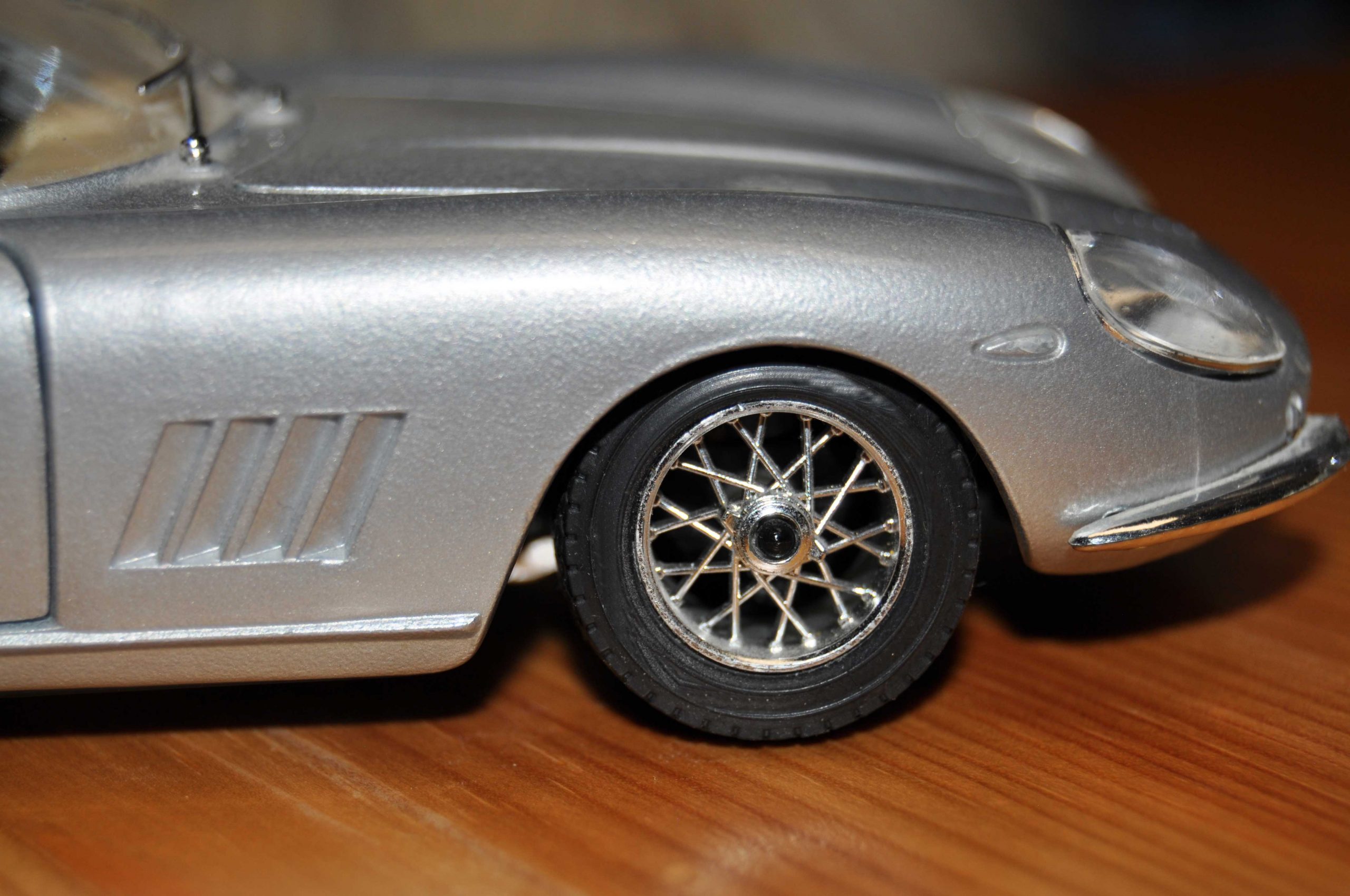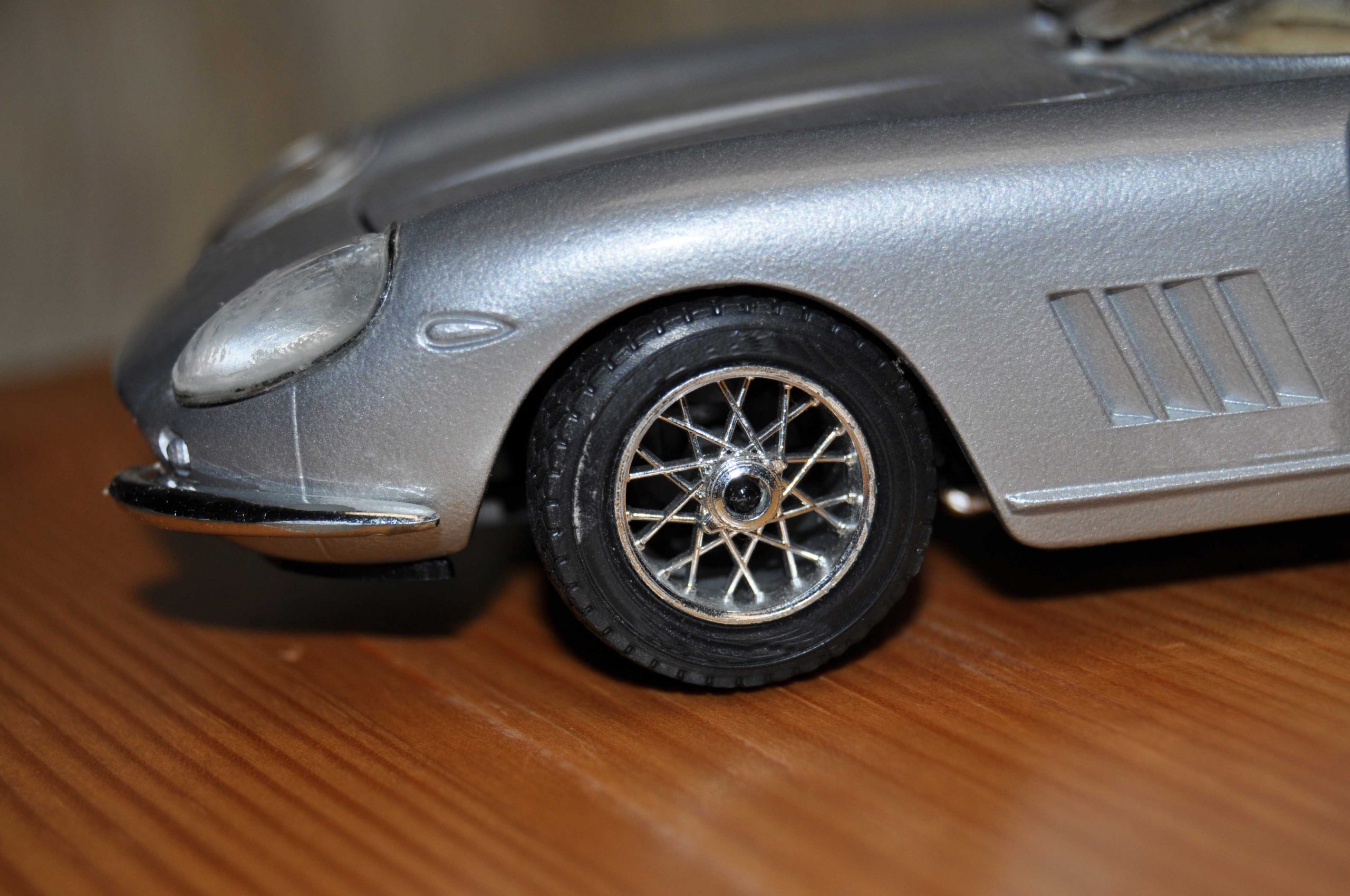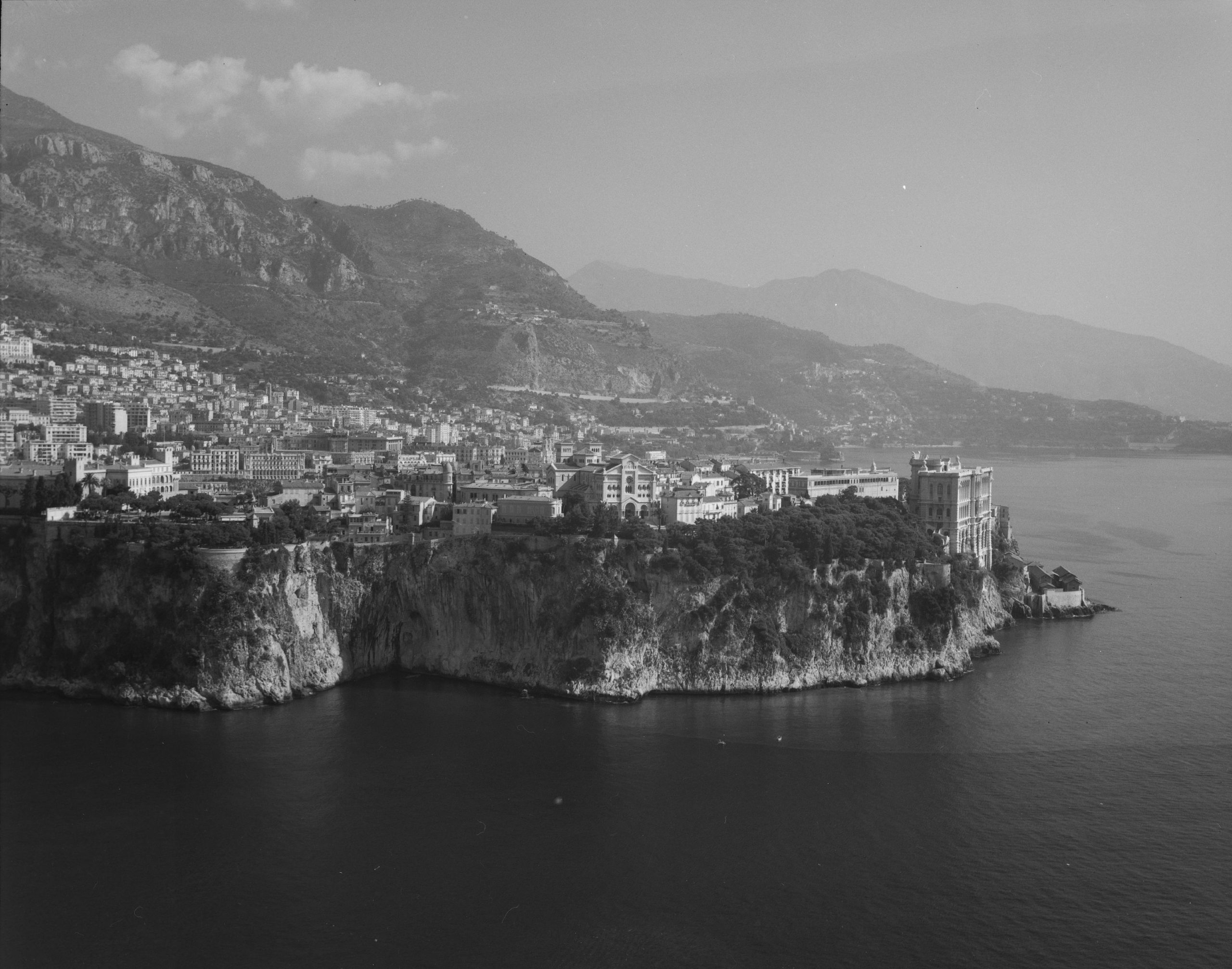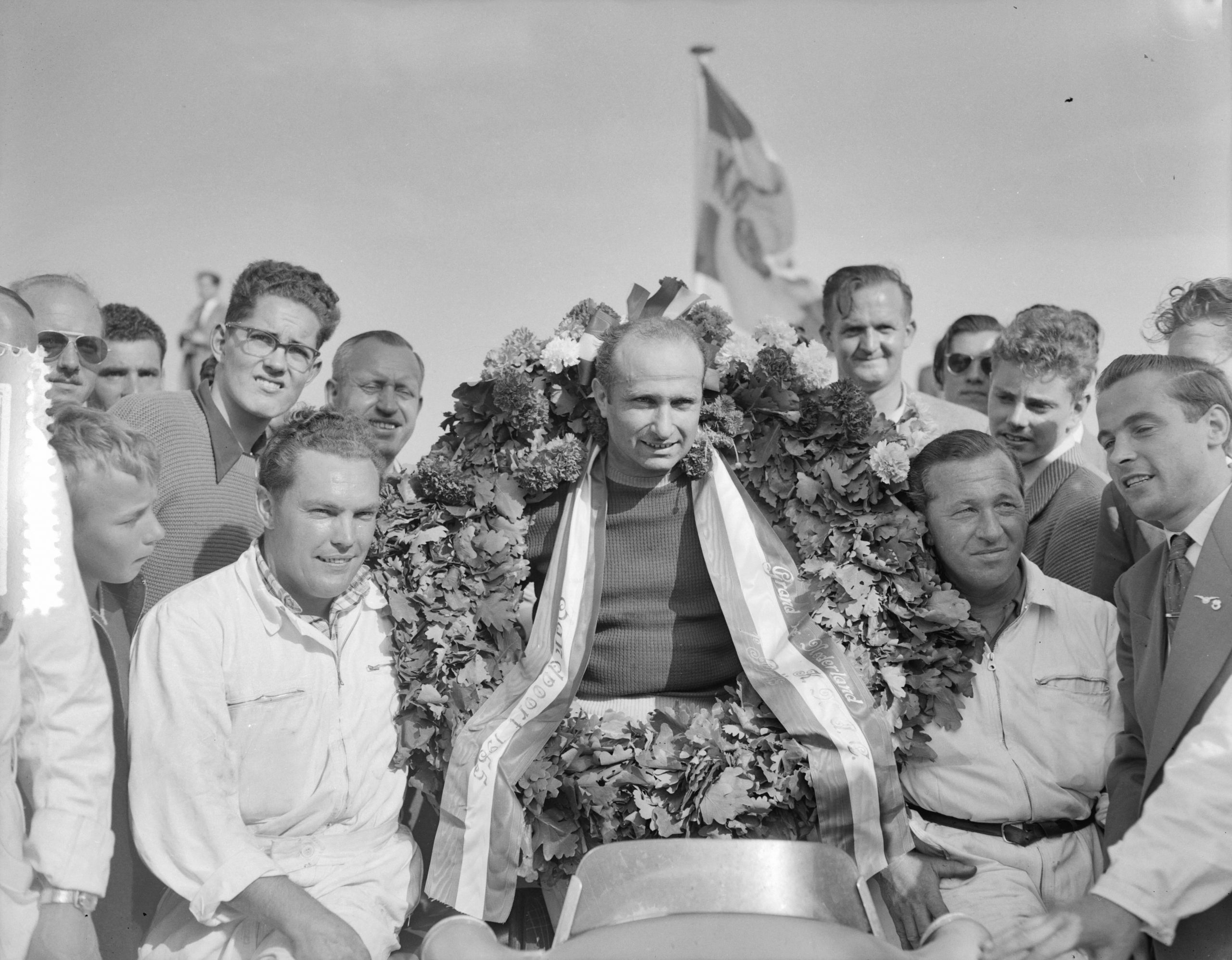“Theory alone does not make a football player,” Fritz Walter once wrote in his memoirs. When the German national team crossed the German-Swiss border at the start of the 1954 World Cup, the customs officers were reportedly quite courteous: Although they had little confidence in the German national team, the Swiss customs officers nevertheless asked the German players for autographs – after all, one can never know the future… The 1954 World Cup, without question the greatest triumph in Fritz Walter’s football career, was preceded by a long story.
The journalist Rudi Michel, who accompanied the footballer during his career, later recalled the beginnings of Fritz Walter’s football career: As “Little Fritz”, the young Fritz Walter inspired the football fans in his hometown Kaiserslautern at a very young age. He acquired his football skills while playing football in the streets of Kaiserslautern: The story goes that the young sportsman entertained up to 2,500 fans at the same time as early as the 1930s.
Degraded to prisoner of war
Die-hard supporters agreed early on that Fritz Walter would one day make it to the national team. And so it happened: on 14 July 1940, at the age of 19, Fritz Walter wore the national team jersey for the first time in a match against Romania. However, his football career was initially interrupted by the Second World War: In December 1940, Fritz Walter was called up for military service.
However, special requirements applied to a player in the German national team: As athletes, players had to “remain tangible”, meaning they were not sent to the war front but to the garrisons.
Fritz Walter, however, did not spend the entire war in the relative safety of the garrisons: At the end of the war, he found himself on the Eastern Front. There he became a Soviet prisoner of war in mid-May 1945 – many of his comrades had to make the march to the prisoner-of-war camps and only returned home years later, if at all. For Fritz Walter, who was demoted from national player to numbered prisoner of war, it initially seemed to be a hopeless situation…
Without the “Miracle of Marmaros-Sziget”, the “Miracle of Bern” might never have happened.
The Miracle of Marmaros-Sziget
Fritz Walter ended up in a reception camp in Marmaros-Sziget, Romania, from where most of the prisoners were transported on to the Soviet Union. The camp police consisted mainly of captured Slovaks and Hungarians – and obviously had a soft spot for football. One evening, when the camp police were playing football and the ball fell right at Fritz Walter’s feet, the professional footballer got into the game. His skill spoke for him: after the second half of the game, Walter was no longer an unknown prisoner of war, but a celebrated footballer. His footballing skills probably saved Fritz Walter’s life: He was promised that he would not be extradited to the Soviet Union. The camp policemen persuaded the Soviet captain in charge to arrange everything so that Fritz Walter could return to his home town of Kaiserslautern.
This story was the reason why Fritz Walter later described not the final match of the 1954 World Cup in Bern as the most important match of his life, but the football match in the Marmaros-Sziget camp. Without the “Miracle of Marmaros-Sziget”, the “Miracle of Bern” might never have happened.
Betzenberg sports complex
After returning home, Fritz Walter asked himself the following question: should he return to his job as a bank clerk or would he commit himself completely to football?
Old members of 1. FC Kaiserslautern are said to have persuaded the footballer to commit himself fully to the club: Fritz Walter not only took on the role of a player, he was also a coach, captain and manager. Fritz Walter was possibly one of the first footballers to perceive football, with all its business elements, as a full-time job – million-dollar salaries for top footballers were still a long way off.
In the period shortly after the Second World War, football players received food as a salary in order to be able to perform at all.
Fritz Walter achieved a breakthrough when the sports facilities on the Betzenberg – today known as the Fritz Walter Stadium – were released by the French occupying forces. Thanks to the help of his future wife Italia, who worked as an interpreter for the French city commander, an arrangement was made: Fritz Walter trained the French soldiers’ team twice a week, in return for which the occupying forces released the sports facility.
The rise of a club
The sports facilities were in a disastrous condition: the club members themselves put in a lot of physical effort to get the sports facilities back into shape.
From then on, the sports facility on the Betzenberg served as a training ground for 1. FC Kaiserslautern – in the first match played there, the club played against the French top club St. Etienne. What a development: the club had just been mired in the turmoil of the Second World War, and now it was already playing against a top French club.
This was not least thanks to Fritz Walter.
The following years represented a slow return to everyday football for the Kaiserslautern region: Fritz Walter’s enormous talent for the game of football did not go unnoticed in the world of football. In 1951, Walter received an offer from the Spanish football club Atlético Madrid: he was offered an enormous salary – by the standards of the time – and various privileges. Fritz Walter turned it down: He had set himself the goal of staying with his home club – this decision would prove to be absolutely right in a few years time.
A miracle is being prepared
One could say Fritz Walter was rewarded for remaining loyal to his hometown club for years: 1. FC Kaiserslautern delivered an unprecedented performance as a football club in the fifties. From 1947 to 1957, the Kaiserslautern club was champion of the Oberliga Südwest every time, and 1. FC Kaiserslautern also became German football champion in 1951 and 1953.
Germany’s participation in the international football World Cup was out of the question in the post-war years: FIFA broke off sporting relations with all German associations and even imposed a ban on other associations having sporting relations with Germany. It was not until May 1949 that this ban was lifted.
Nevertheless, the German national football team was still excluded from the 1950 World Cup, and it was not until the 1954 World Cup that the German team was allowed to take part in the qualifiers. Walter had been captain of the German national football team since April 1951: he thus had a key role in the qualification for the 1954 World Cup and in the subsequent World Cup matches.
Fritz Walter, the football player from Kaiserslautern, was one of the architects of the “Miracle of Bern”.
Architect of a miracle
When the German national team qualified for the final match of the 1954 World Cup, all the players suddenly found themselves in the centre of the public eye: The pressure on the players’ shoulders not to fail in the final match must have been immense. Posterity believes that the 1954 World Cup final was about more than just a sporting competition: for the Federal Republic of Germany, which was in the process of being established, it was a breakthrough that gave the Germans back a piece of national pride. It is often said that 4 July 1954, the day on which Germany won the 1954 World Cup, was the actual founding date of the Federal Republic.
Fritz Walter, together with the German team, won a World Cup into which Germany had entered as a relatively hopeless candidate: Fritz Walter, the football player from Kaiserslautern, was one of the architects of the “Miracle of Bern”.
After the phenomenal success in 1954, Fritz Walter continued to lend his footballing skills to the German national team for a few more years – after the 1958 World Cup, however, the world champion said goodbye to the team and ended his football career. In later years, Fritz Walter could be met in person at his autograph stands, which took him to various German cities. He continued to remain loyal to the Kaiserslautern region – when he was not on the road, his home was in his bungalow in Enkenbach-Alsenborn.
Cover picture: Football World Cup 1954 : Final match Germany – Hungary (3:2) at Wankdorf Stadium in Bern. First half, 42nd minute: Danger for the goal of Hungary. Schäfer has asserted himself on the left forward side and shoots with great force at the goal of the Hungarians. In the picture from left to right: SR Ling, Zakarias (U) (6), Horst Eckel (D) (back), Hidegkuti (U), Fritz Walter (D), Hans Schäfer (D).
Picture credit: ETH-Bibliothek Zürich, Bildarchiv / Photographer: Comet Photo AG (Zürich) / Com_M03-0108-005-0021 / CC BY-SA 4.0

 Deutsch
Deutsch


